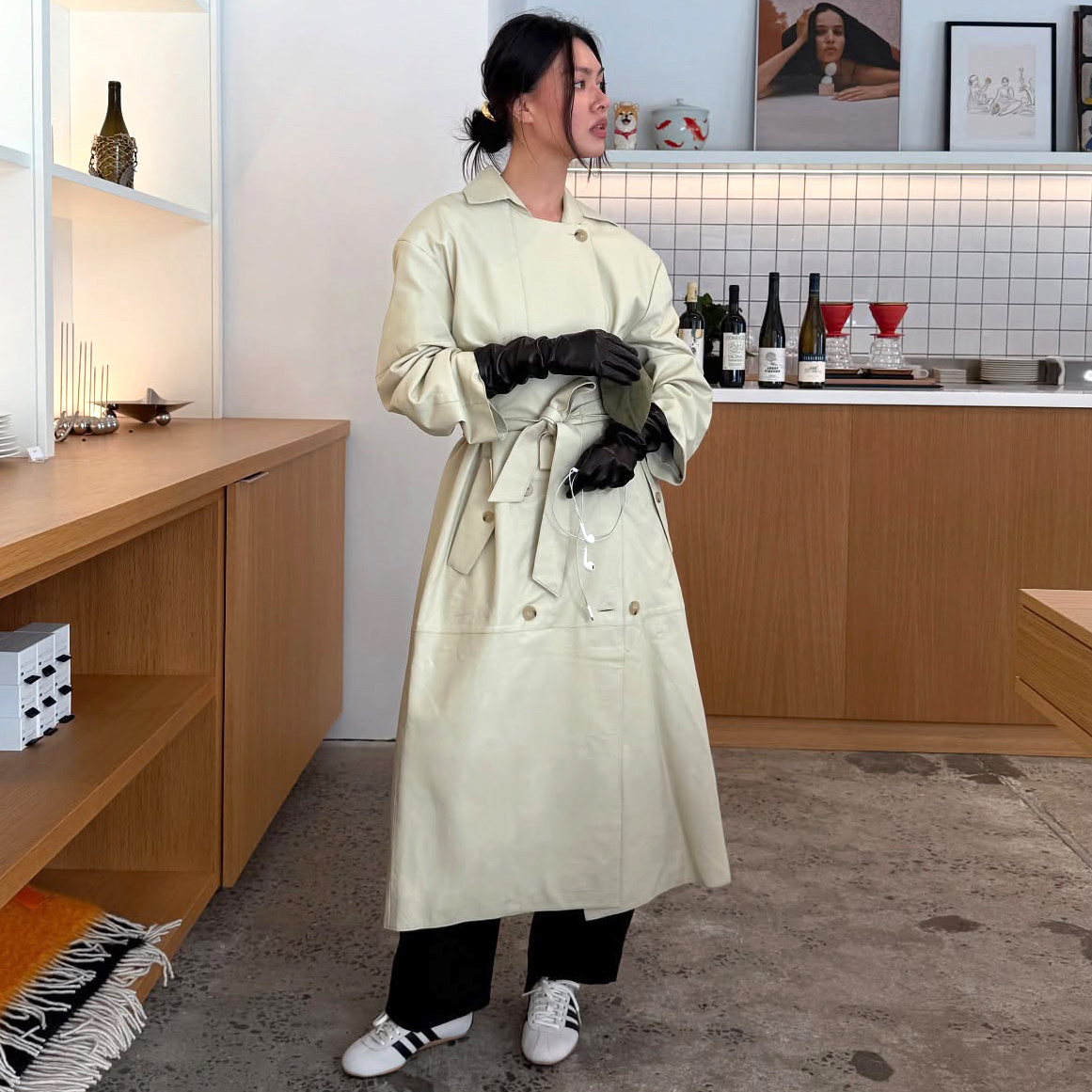It's Time for Filipino Beauty to Have Its Moment—Here Are the Must-Know Brands
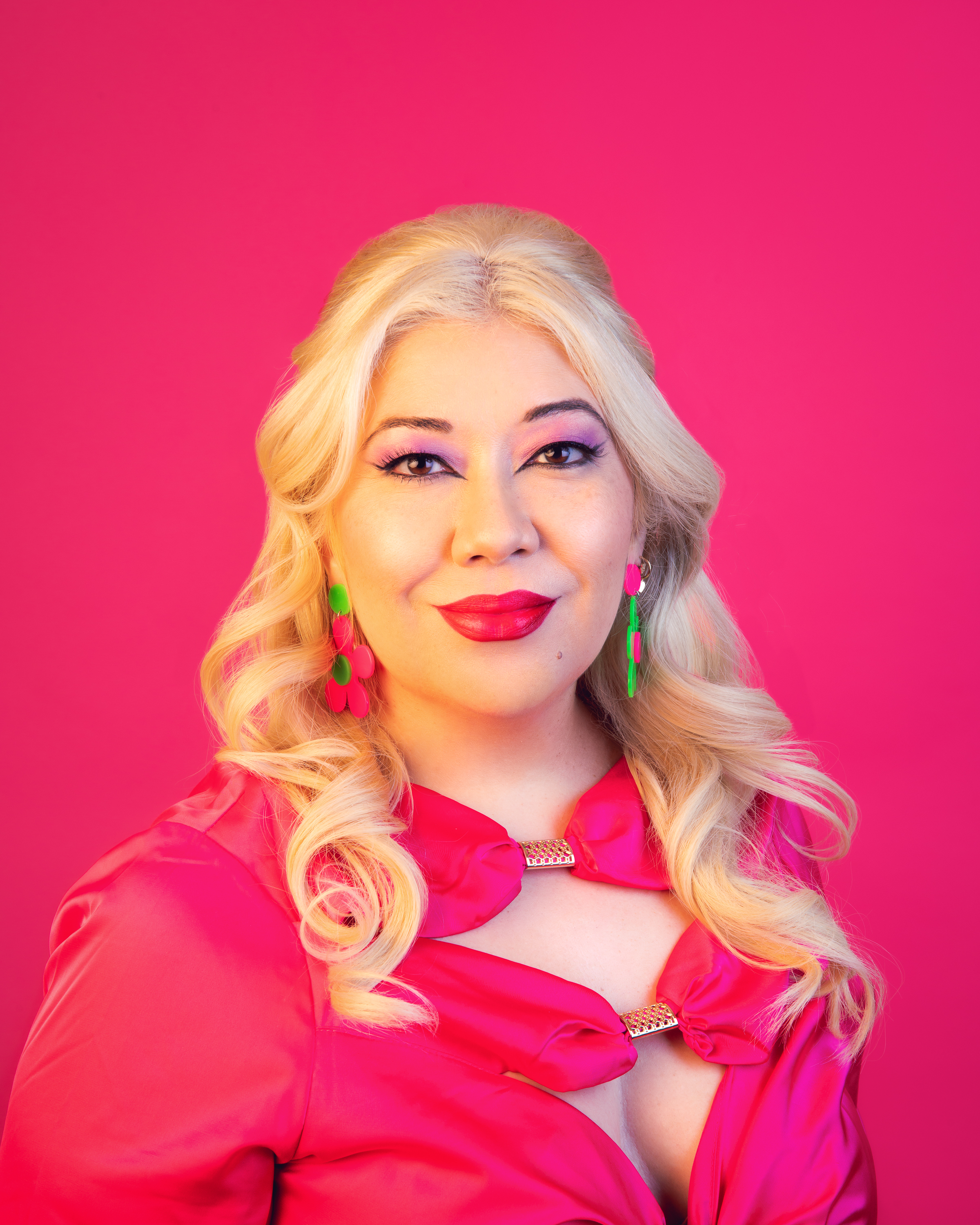
Whether it’s BB creams, sheet masks, rice powder, or jade rollers, the impact that Asian beauty has had on the global market is undeniable. Korean and Japanese beauty brands, and the subsequent trends they helped to produce, have been at the helm of the great Asian beauty takeover with no signs of slowing down. (The K-beauty product market is projected to reach almost $14 billion by 2027.) But when the industry focuses on Asian beauty contributions, it tends to focus on East Asia, and there’s so much more left to be discovered—an entire continent to be exact. It’s important, especially now, to shine some of the spotlight on Southeast Asia, namely the Philippines.
Now, I will admit, being Filipino myself, I’m biased. But throughout my decade-plus-long career as a beauty writer and editor, I’ve witnessed countless brand and product launches, but only a handful have come from my mom’s home country. I believe it is a hidden gem whose time has come. Filipino beauty traditions are an untapped source that everyone can enjoy and benefit from—whether it's unique, plant-based ingredients, humidity-friendly formulas, inclusive shade ranges, or multipurpose products, there is something for everyone.
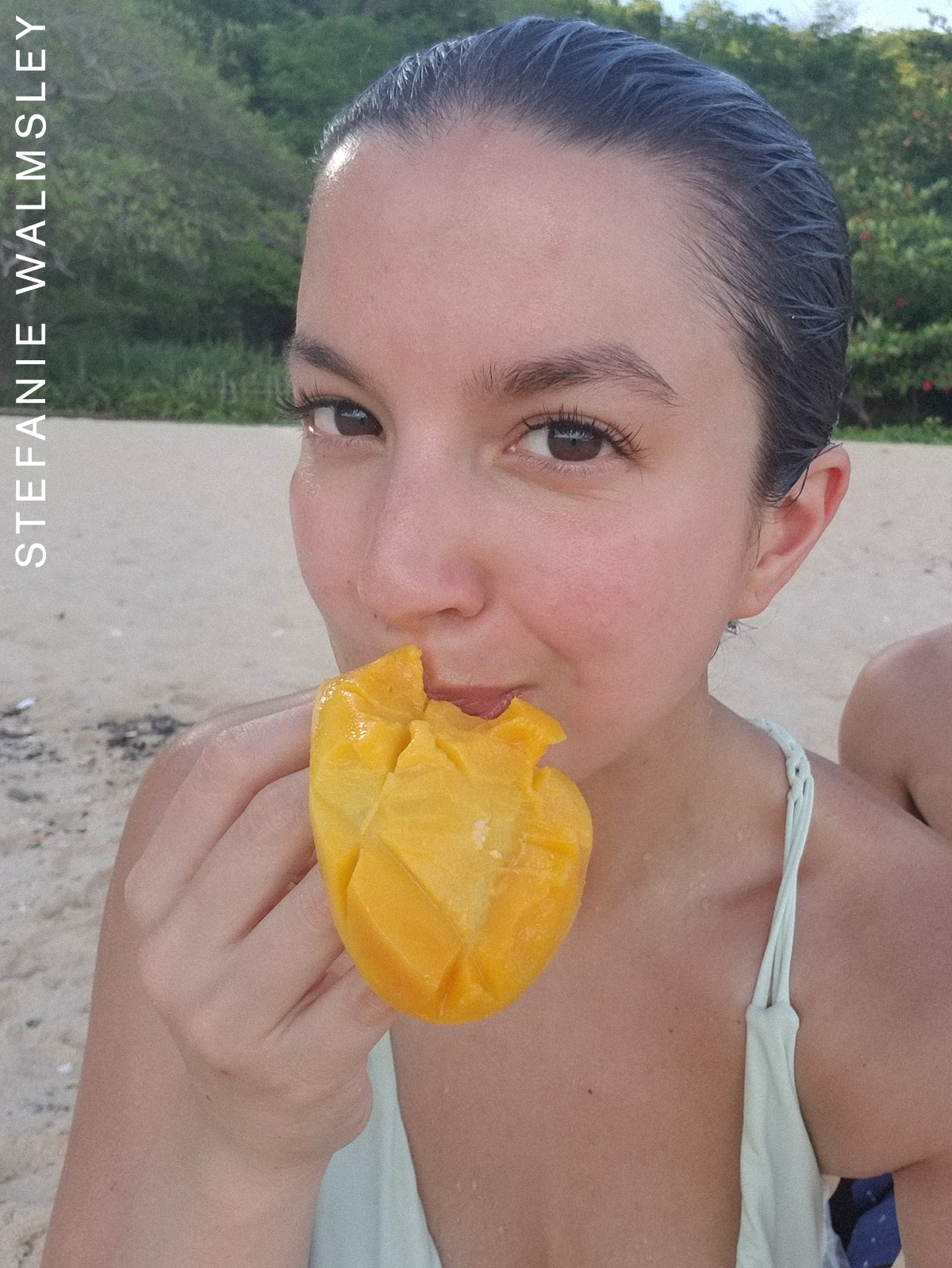
During my ongoing F-beauty mission (note: according to a few sources including a Filipino beauty subreddit, not everyone embraces this nickname), I was happy to find out about Prim Botanicals, a skincare brand based in New York. Founder Stefanie Walmsley, born in the Philippines, was inspired to start her skincare company after taking a trip to the island of Cebu to rest and recharge. She was both burned out and breaking out with a career as an Oscar-winning film producer and having just gone through a divorce. During her visit, Walmsley realized just how much of the Philippines’ beauty and wellness remedies were steeped in nature.
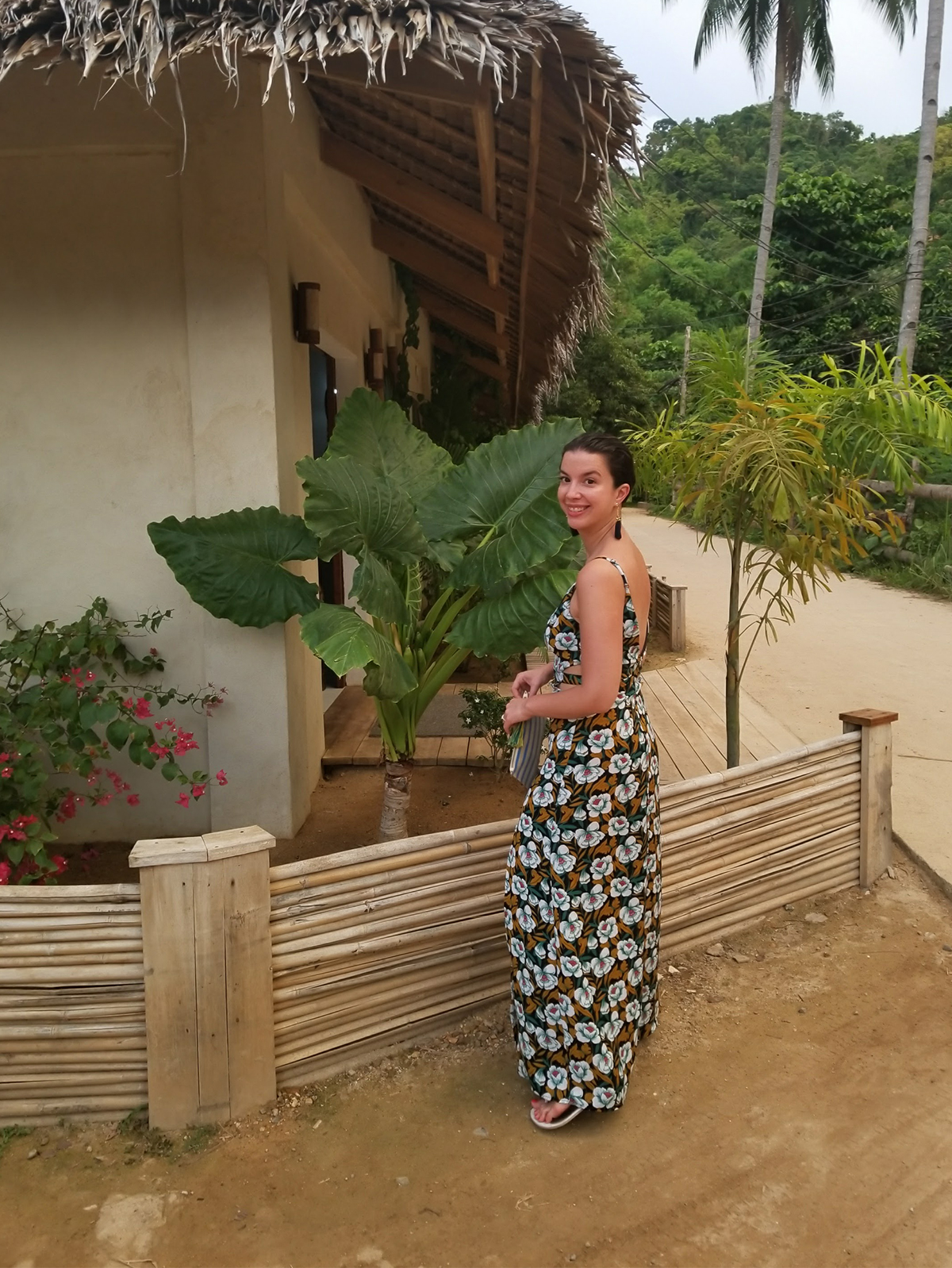
"I remember in the span of one day I had aloe vera on my sunburns, a coconut-milk-and-goat's-milk bath, and my stomach hurt and somebody gave me manzanilla (chamomile) for my stomach. And then my back hurt, and I was given eucalyptus,” says Walmsley. "I was like, wait, there are so many natural things here that we take for granted.” Side note: The Philippines is reported to be the global epicenter of marine biodiversity and is one of the world’s megadiverse countries, harboring a significant number of plant and animal species endemic to the country.
When Walmsley returned to New York, she immediately began working on her skincare line, centering on the high-quality ingredients cherished by Filipinos such as sampaguita (Philippine jasmine), moringa oil, coconut oil, Barako coffee, and elemi oil. (Walmsley is also launching Santo, a home-fragrance brand inspired by Philippine scents.)
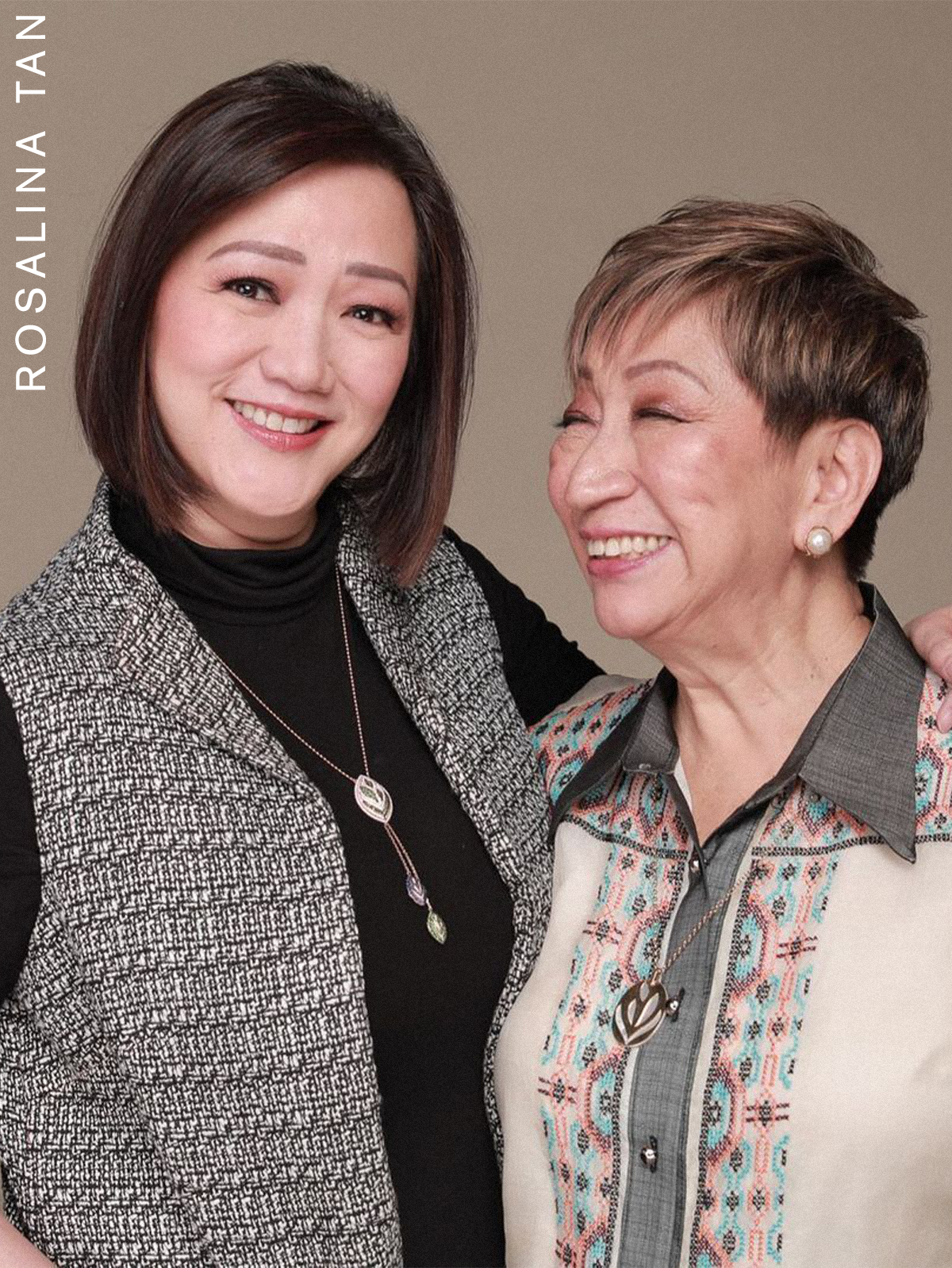
Manila elemi is actually one of the country’s most lucrative exports, as it is a key skincare ingredient used in products by luxury beauty brands like Chanel and Nécessaire. Known for its firming, lifting, antibacterial and anti-inflammatory qualities, it’s one of the hero ingredients for the Philippines-based brand Pili Ani, which makes its products using pili and elemi oils that come from the pili tree. Rosalina Tan, the brand’s founder, discovered the benefits of the pili tree, which is native to the Bicol region of the Philippines, during her work as an organic-farming advocate.
While elemi oil is known for its firming properties, the pili oil has its own benefits, as it is rich in antioxidants and even more moisturizing than argan oil. If anyone remembers way back when the argan-oil craze happened, this is a pretty big revelation.
Aside from an ingredient standpoint, there are many reasons the Philippines is poised to be influential in the beauty world. "We are a country of many skin types and colors, and I think what makes Filipina beauty special and unique is that we are appreciative and comfortable in our own skin,” says Tan. "Instead of hiding our imperfections, we prefer to highlight our features and make them stand out.” Vice Cosmetics, a makeup brand from Filipino celebrity Vice Ganda that launched in 2017, preaches, "Ganda for all” (beauty for all).
"Being a country with diverse heritage—Spanish, Malays, Chinese—Filipino beauty embraces inclusivity and diversity,” a rep for the brand says. "As a local cosmetics brand with Ganda for All as our core value, we try to stand out by offering a range of shades that are suitable for the Filipinx skin tone.” This is especially important to highlight, as skin-whitening products were commonplace in Philippines stores, a product of the country’s colonial history.
Unfortunately, these types of products haven’t been completely eradicated, but things are getting better as more and more Filipinos embrace their diverse skin tones and reject these archaic Eurocentric beauty standards.
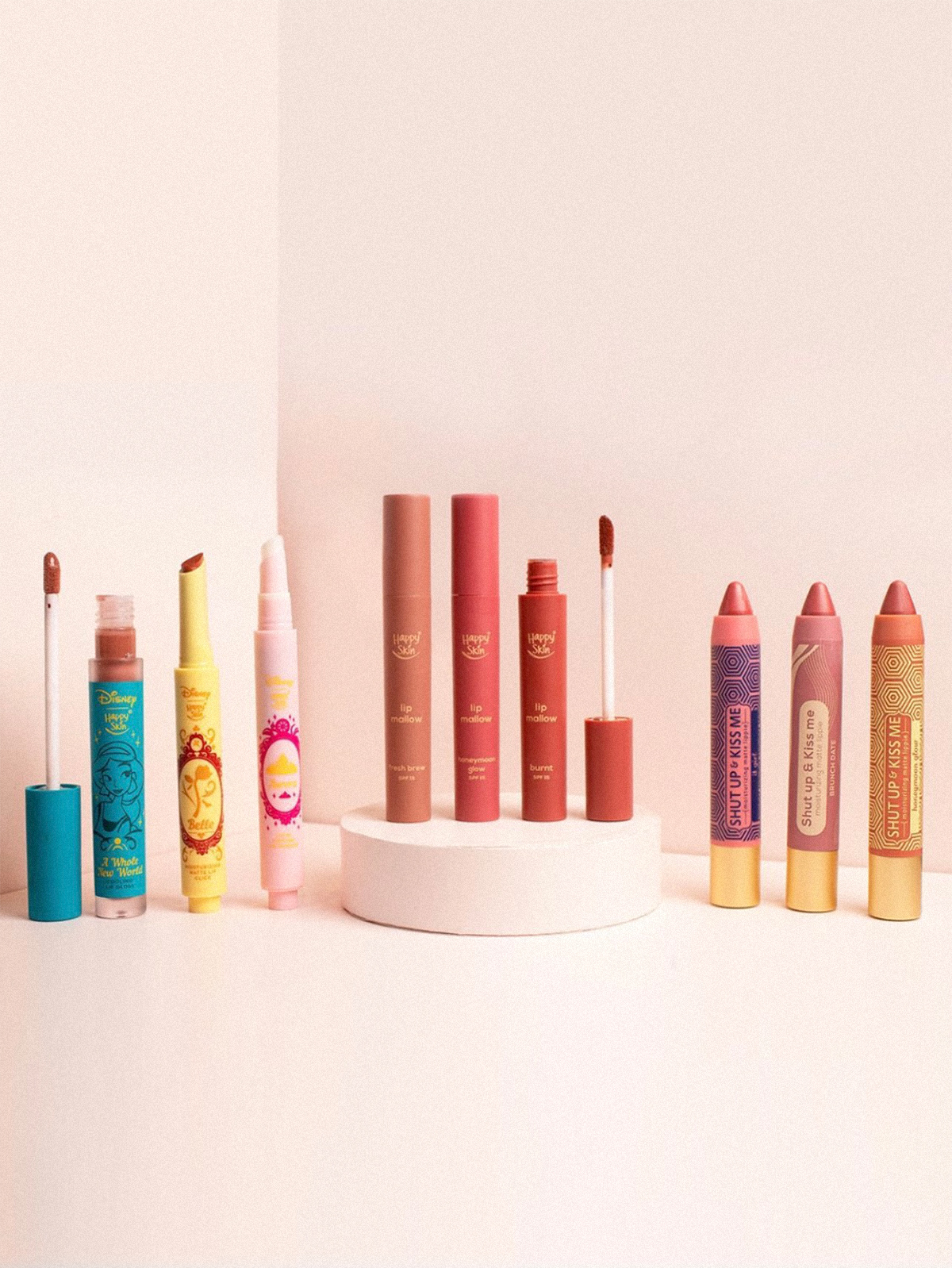
While Prim Botanicals, Pili Ani, and Vice Cosmetics are all available to purchase from the United States, many of the other amazing Philippines-based brands are not as easily accessible. Ellana Cosmetics, known for its humidity-friendly and SPF-infused makeup (necessary for the Philippines' tropical climates and hot-weather areas, in general) is only available there. Even Sunnies Face, the cosmetics brand that might be the most well-known outside of the Philippines, doesn’t ship here yet. Thankfully, there are a few ways to procure Filipino beauty products without having to beg a traveling family member to give them in the form of a pasalubong (the Filipino tradition of bringing back gifts for loved ones), which has obviously been more difficult to do in the past couple of years.
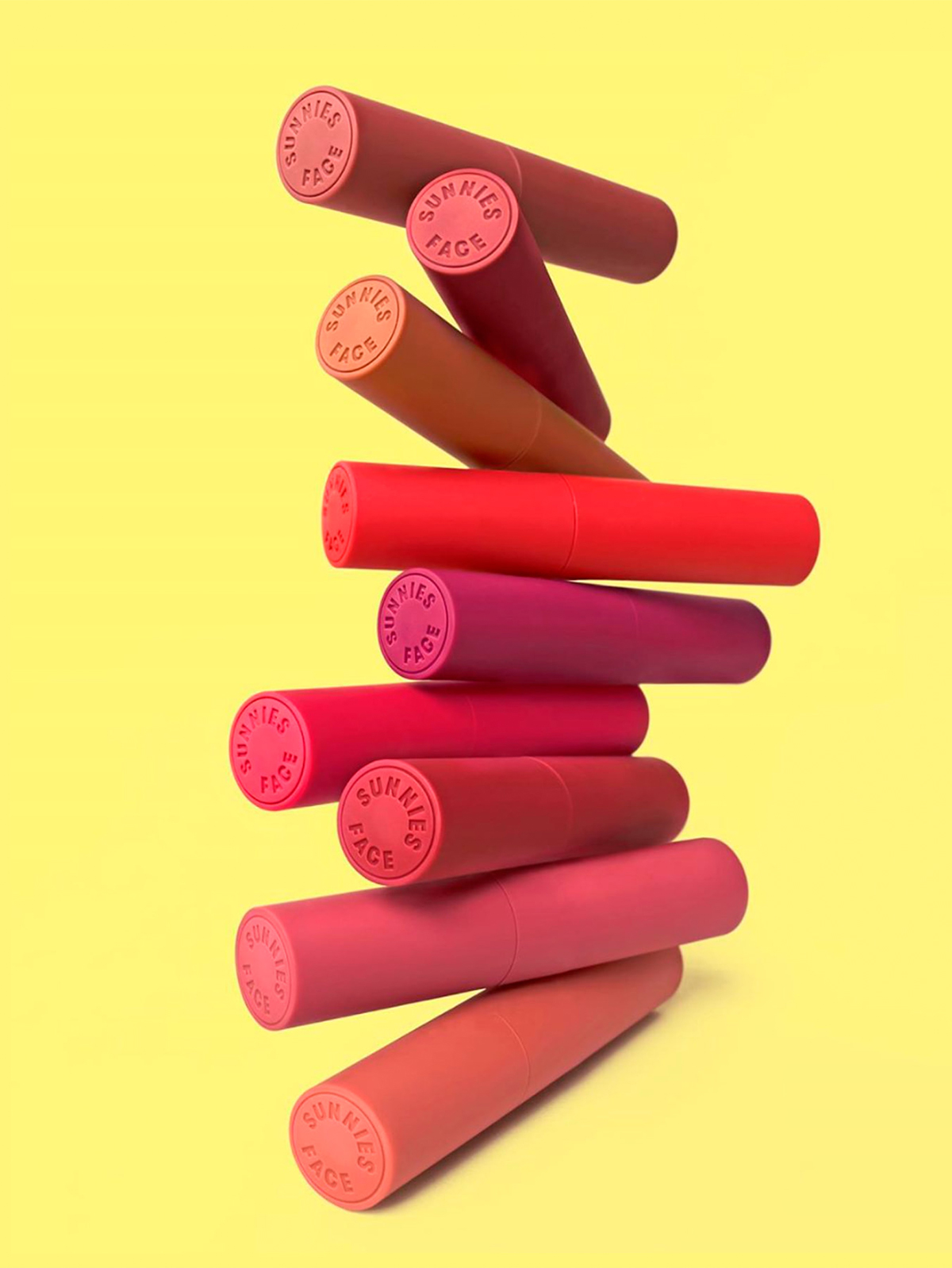
One way to get Filipino beauty products in the States is Lumibella, a retailer based in Canada, while another is PNY Beauty. "There are so many really nice and high-quality beauty brands in the Philippines, but we couldn’t get our hands on them,” explains Lumibella co-founder Shella Chua. "We’d usually have to find someone in the Philippines to bring it here, which can be quite an inconvenience, so we thought, why don't we make these Filipino beauty products more reachable?” In 2019, she and her co-founders launched the website, selling popular Filipino brands like Happy Skin, BLK Cosmetics, and Issy & Co.
"I think Filipino beauty is so underrated. There's a lot more to it than most people realize,” says Chua. "First of all, there's so much innovation now. Issy & Co. is a newish brand, but they have a really good formula that’s paraben-free, cruelty-free, and all-natural.” Lumibella also carries Colourette Cosmetics, a brand that champions empowerment and inclusivity while specializing in multifunctional makeup—another thing that Chua says makes Filipino beauty stand out.
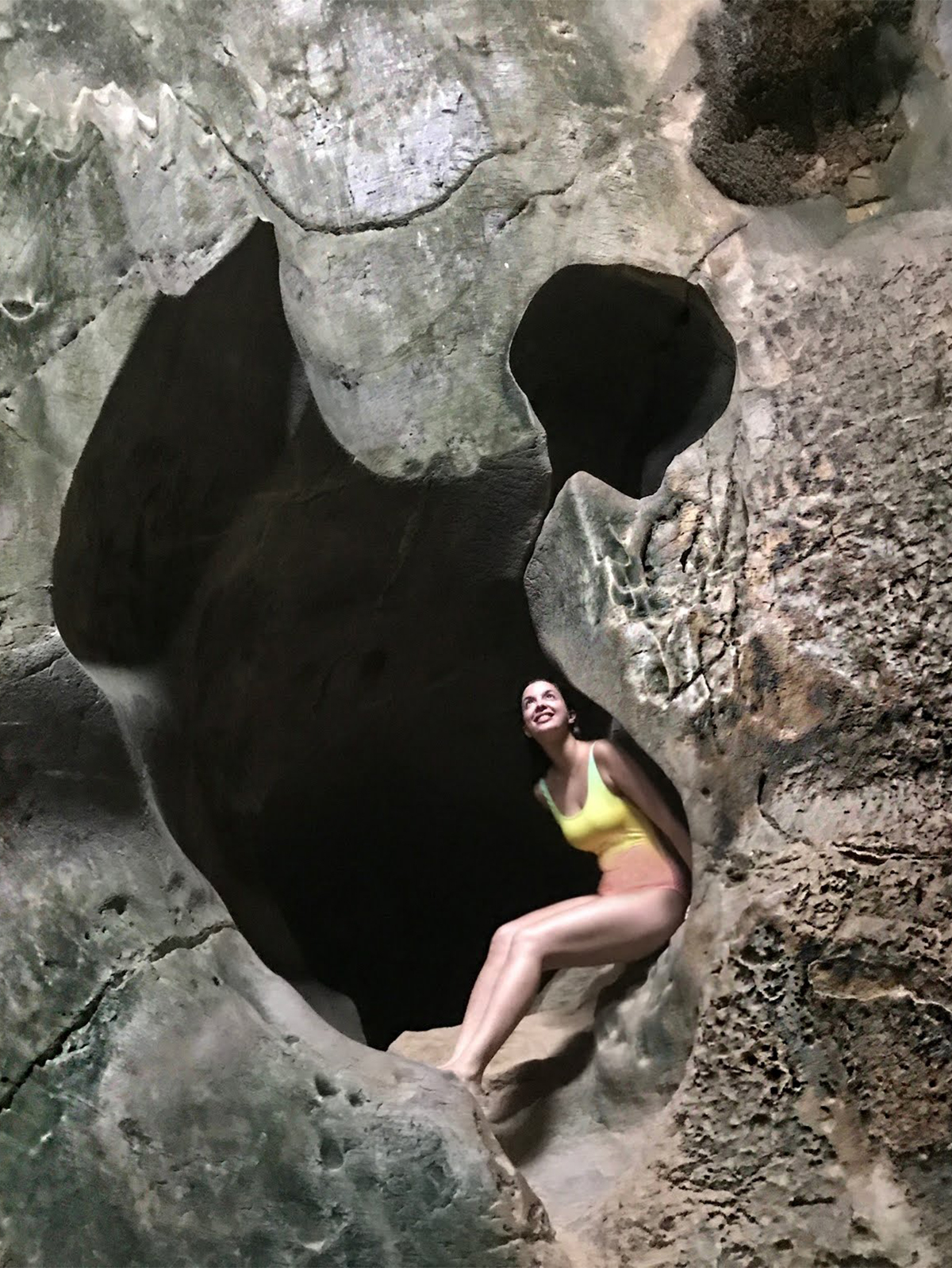
So with so many wonderful brands coming out of the Philippines, why hasn’t Filipino beauty gotten more attention? Tan thinks the difficulty lies in the fact that the Philippines is only just emerging as a cultural source of beauty inspiration while countries like Korea or Japan have been recognized for theirs for generations. "Their popularity has also further been catapulted by the popularity of their music, shows, and celebrities. We hope that the world will also begin to recognize and embrace the authenticity and excellence of Filipino brands.” There is also the issue of logistics, as Chua points out the lack of distribution channels. But interestingly enough, Walmsley describes how when she was first starting out with Prim, she was advised not to say she was from the Philippines because there was this perception that Japan, Korea, France, and the U.S. were "the real beauty powerhouses.” Thankfully, that’s not really the case, as there’s a lot to embrace when it comes to the many different culturally rich backgrounds of beauty brands, Filipino and otherwise. "I'm betting that in the next three to five years, we're going to see a significant change in terms of the availability of Filipino beauty products,” says Walmsley.
In the meantime, I’ll be celebrating my culture in any way I can, through any products and ingredients I can get my hands on, and I think fellow Pinays will be doing the same. As Tan says, "Filipinas today are so empowered thanks to the worldwide phenomenon of embracing your own culture and heritage, which is translated into the confidence of owning their own beauty routines and style.”
Filipino Beauty Products to Try
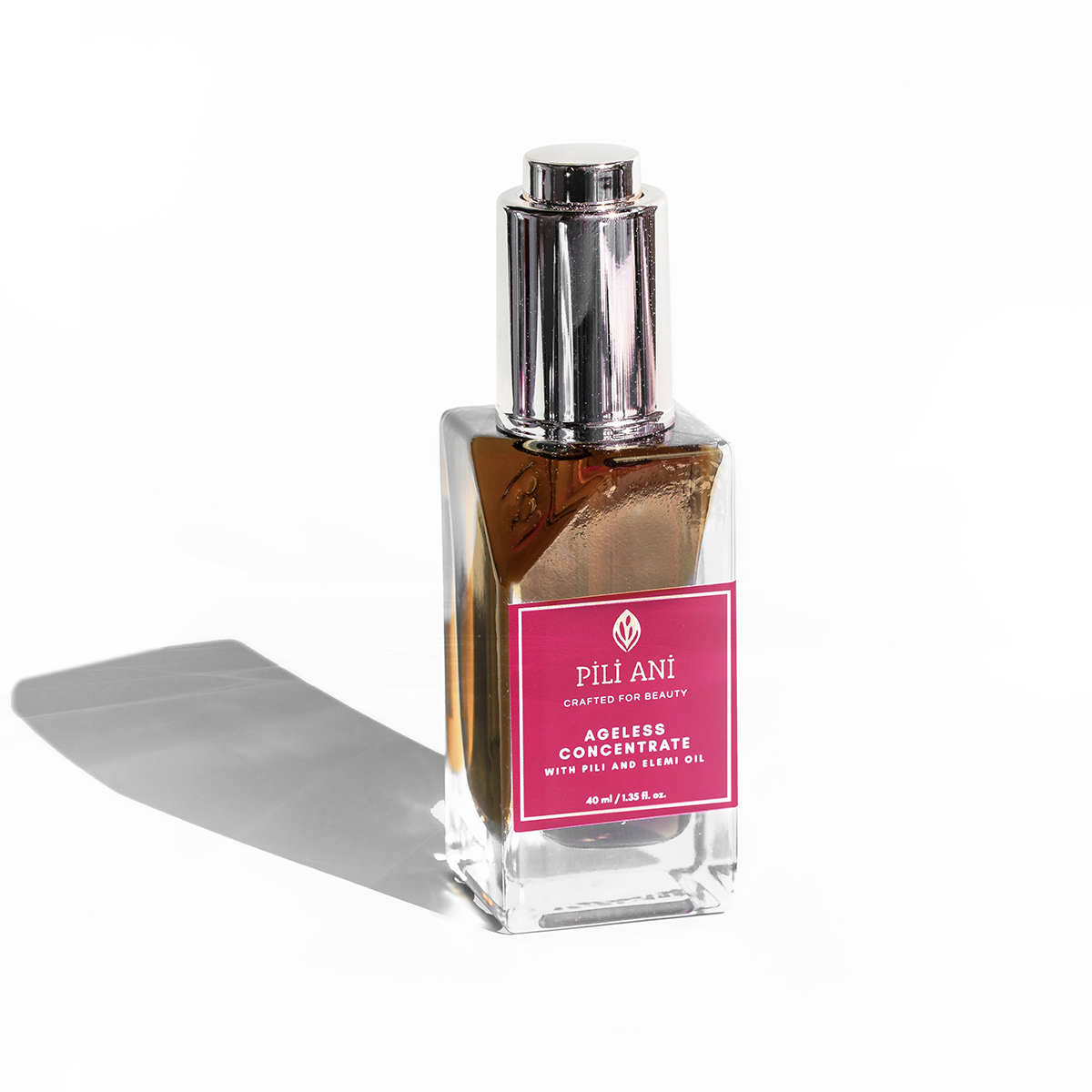
This luxurious beauty elixir contains nourishing pili and elemi oils to firm skin, reduce fine lines, and brighten skin tone.
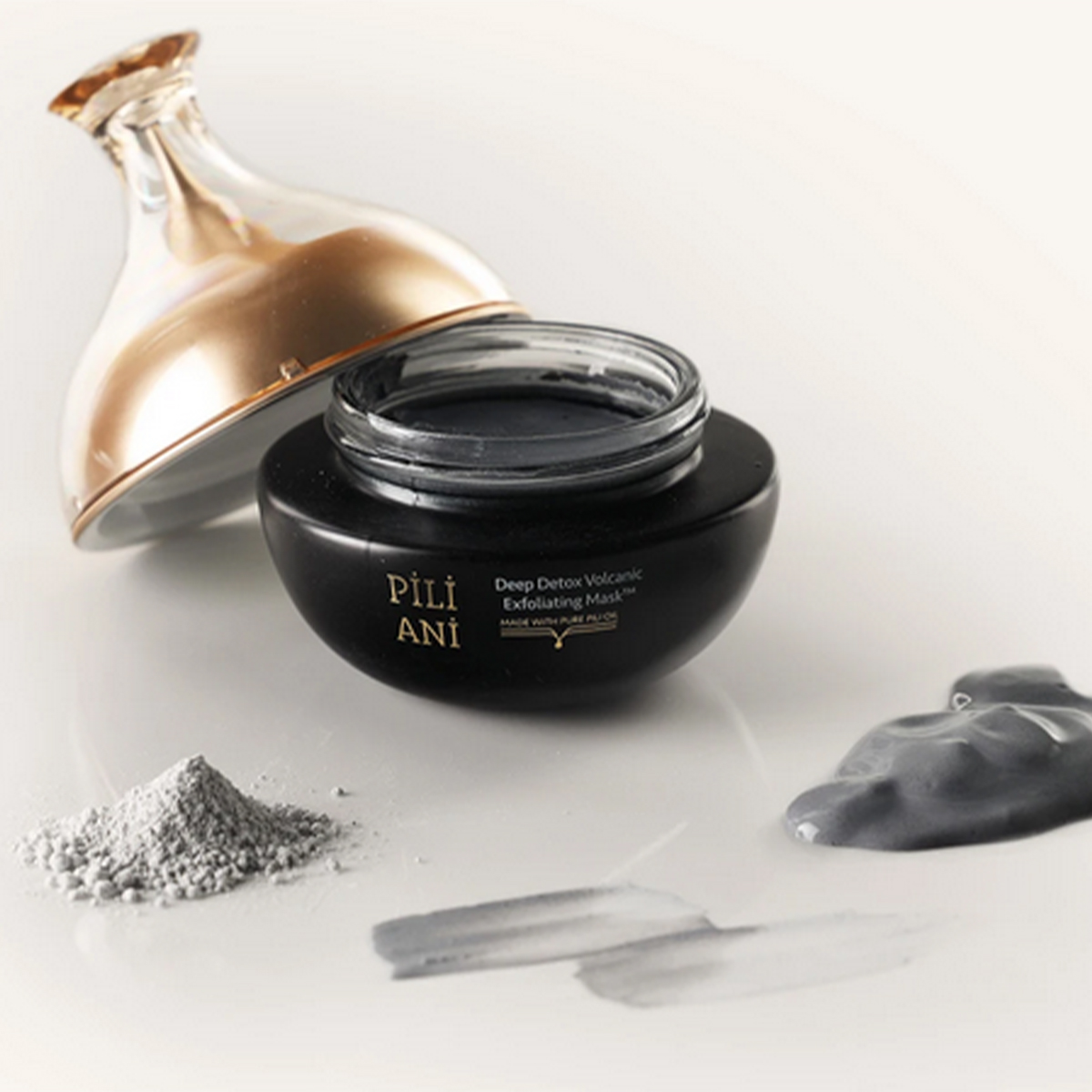
Give your pores a good cleansing with this kaolin clay mask that contains purifying volcanic ash ethically sourced from the Mayon Volcano in the Philippines.
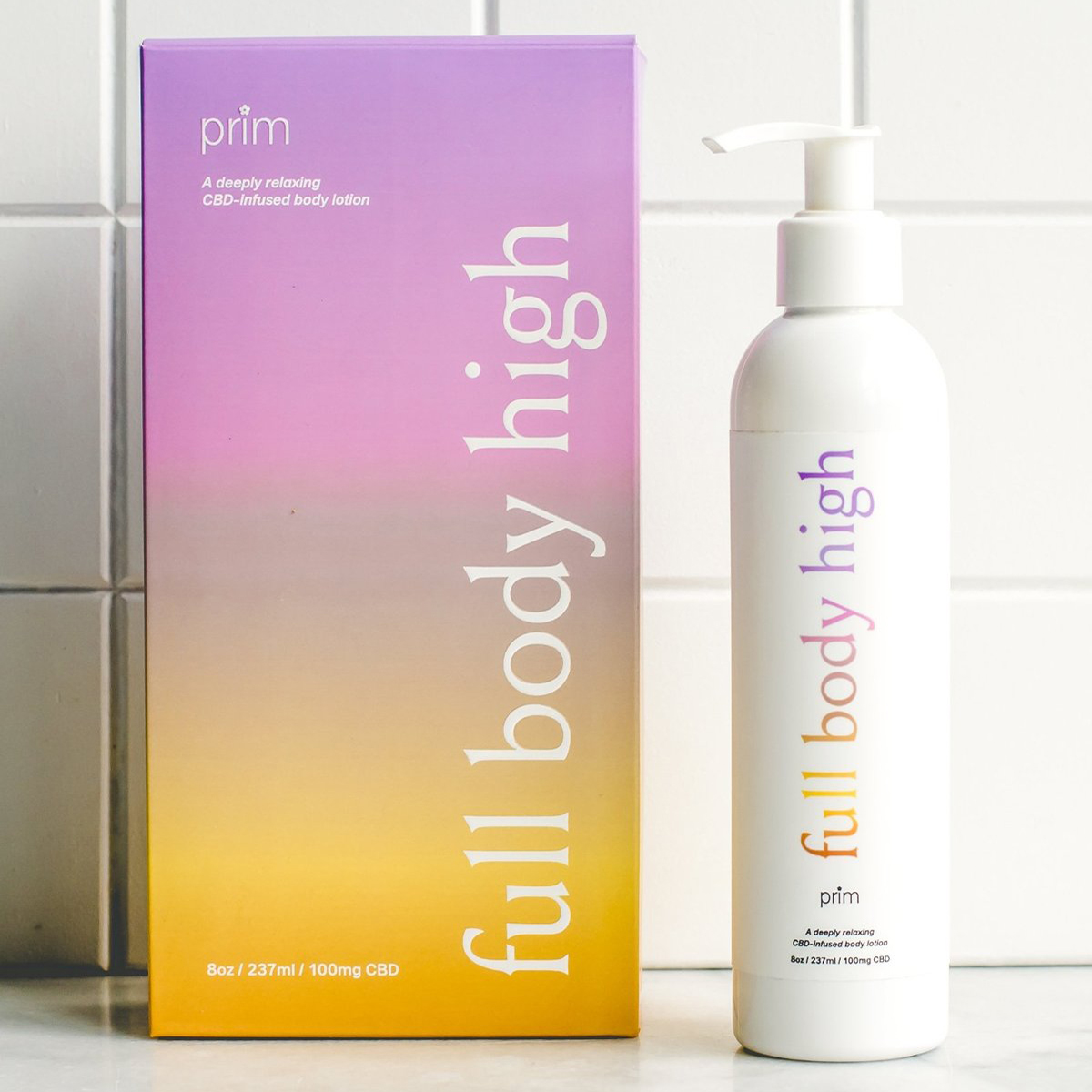
Treat your bod well with this relaxing lotion that combines calming CBD with nourishing Philippine elemi oil.
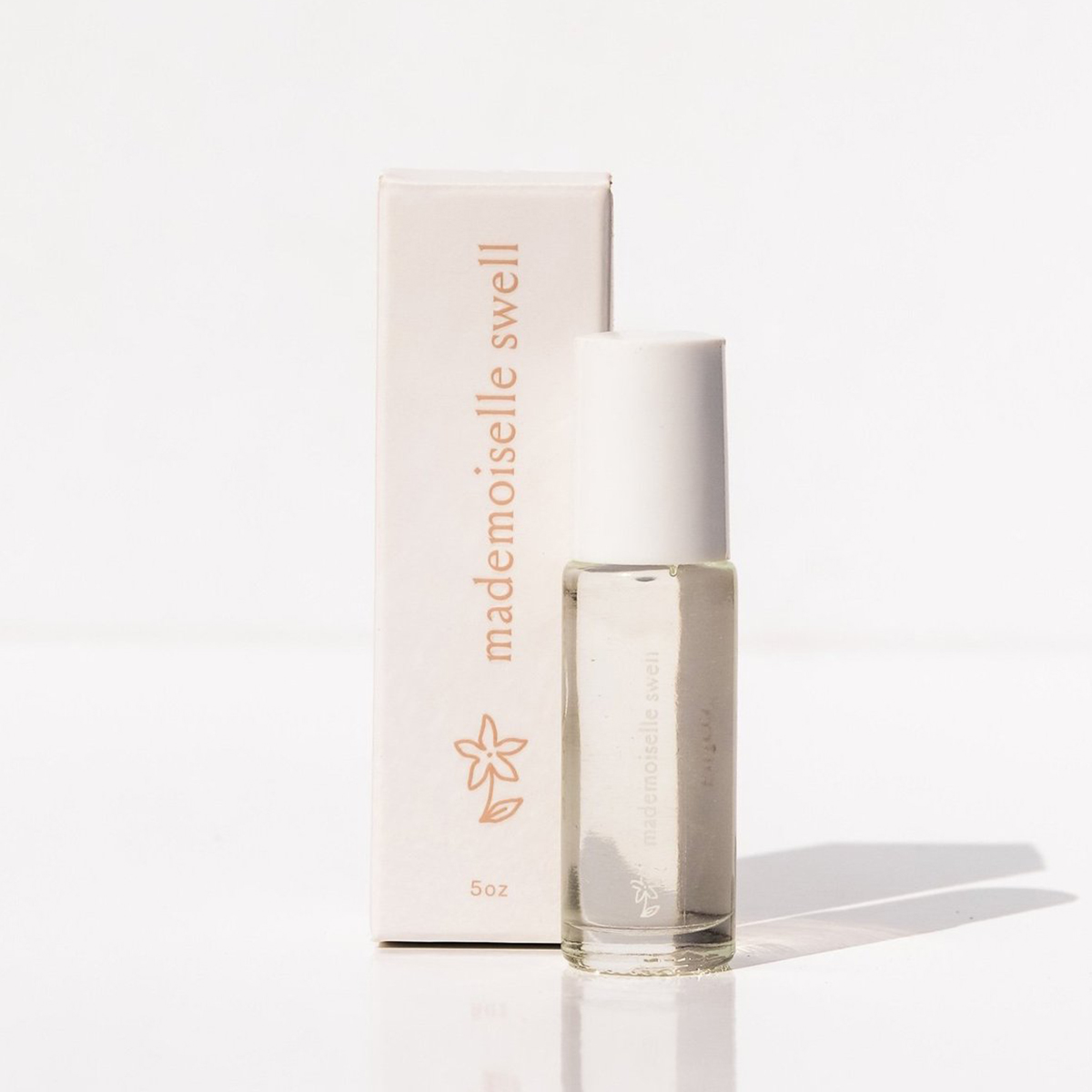
A bright and cheerful combination of neroli, bergamot, and jasmine, Mademoiselle Swell just might become your new signature fragrance.
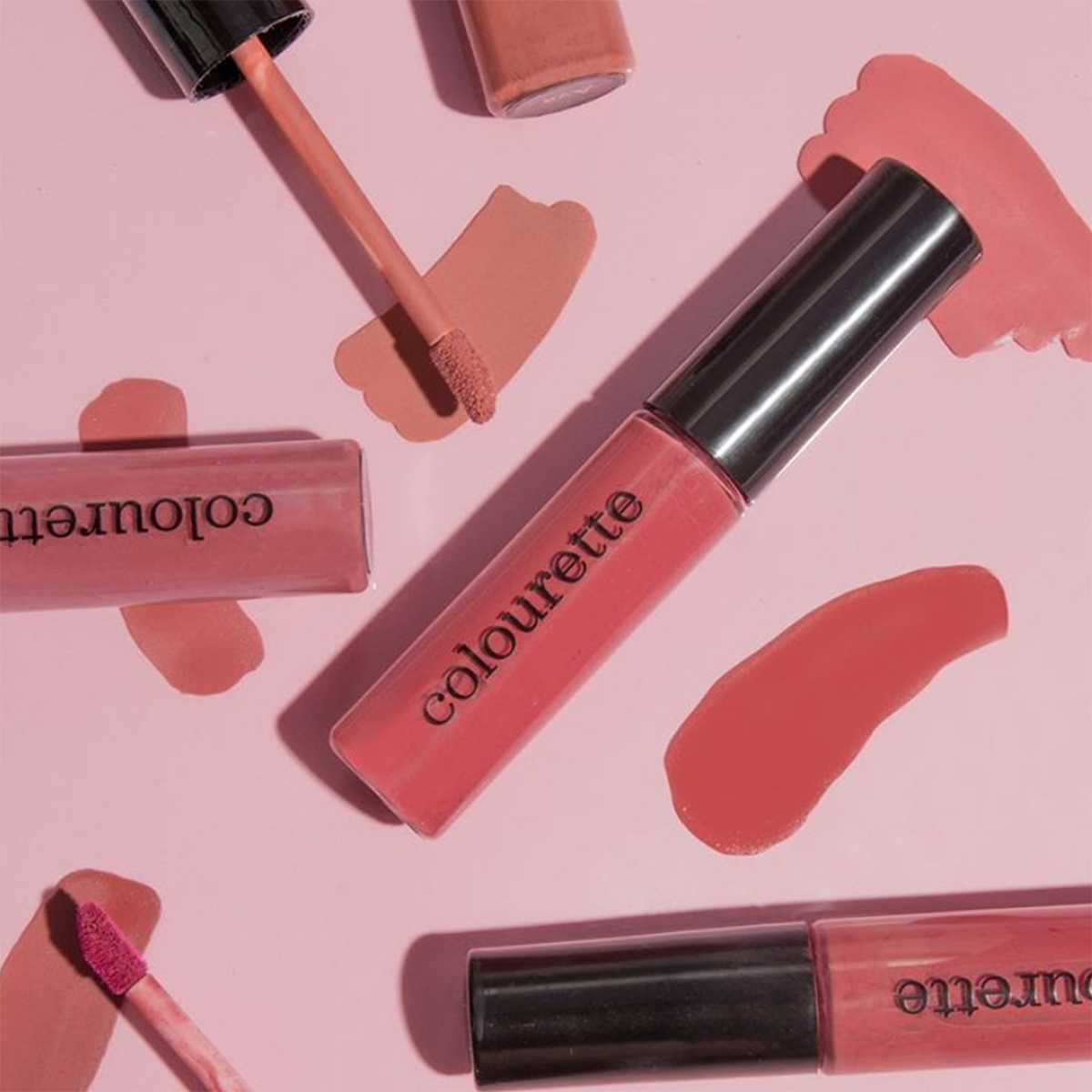
Use this blendable tint anywhere—cheeks, eyes, or lips! Multifunction at its finest.
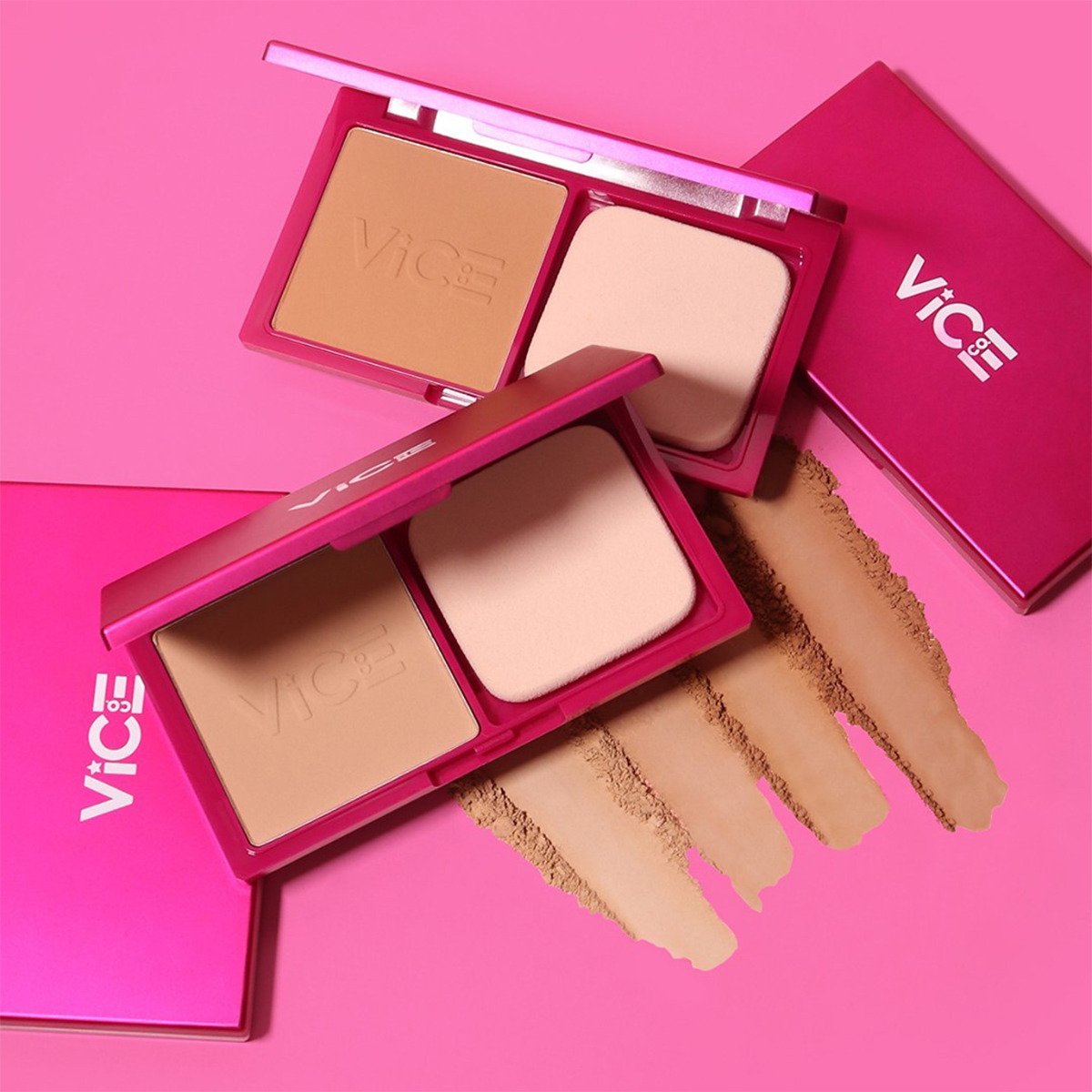
This foundation is a favorite among Filipino TikTokers and features an oil-controlling, blurring effect.
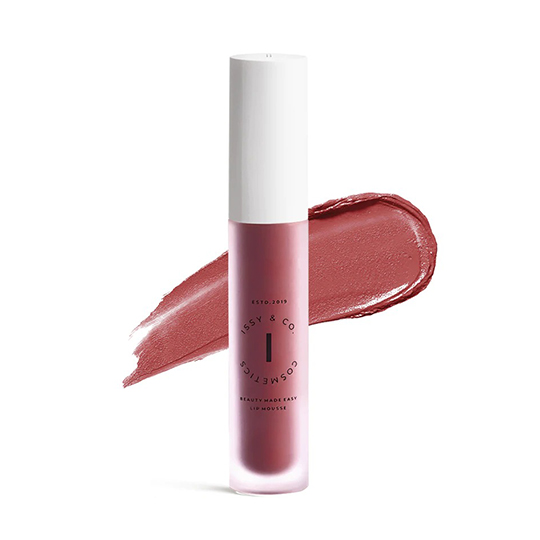
Lightweight and containing rose-hip oil and vitamin E, this lip mousse with SPF 15 feels comfortable and hydrating while still giving lips high-impact color.
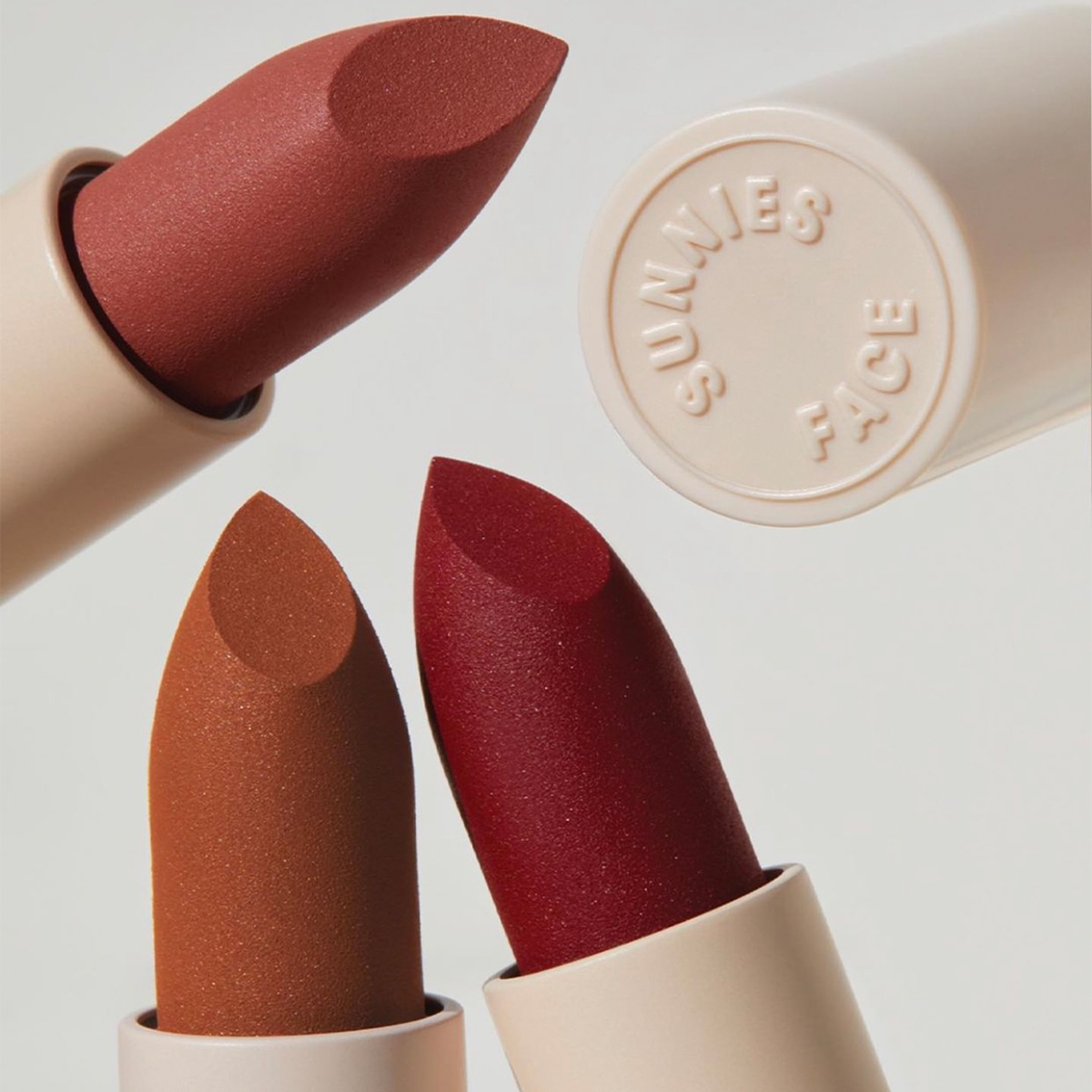
Lipstick lovers call Fluffmate a holy-grail lipstick due to its pigmented yet lightweight feel.
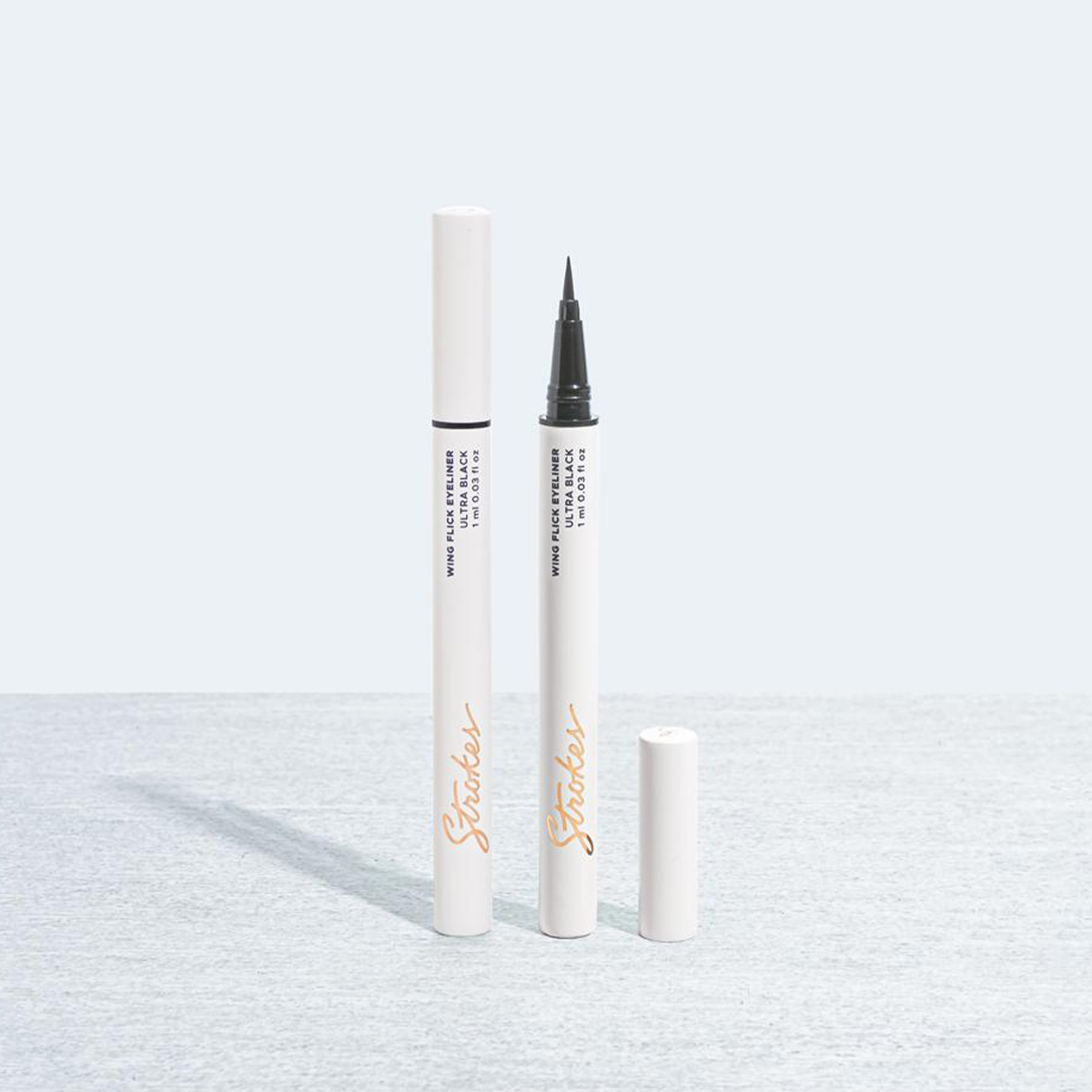
Draw a seamlessly perfect cat eye with this water-resistant and heavily pigmented liquid eyeliner.
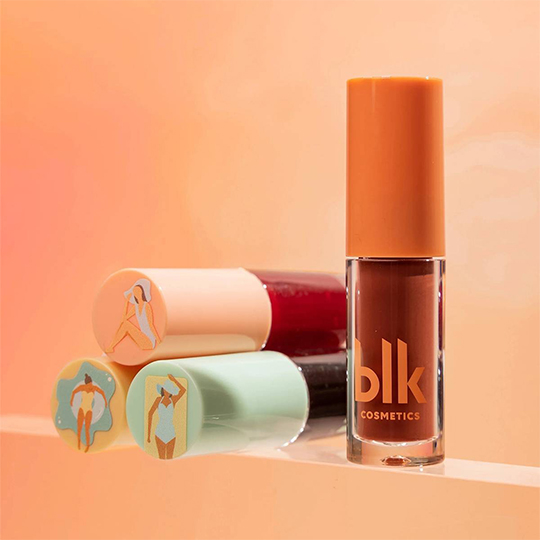
These sun-inspired tints not only have adorable packaging, but they’ll also make your lips juicy and moisturized without feeling sticky.
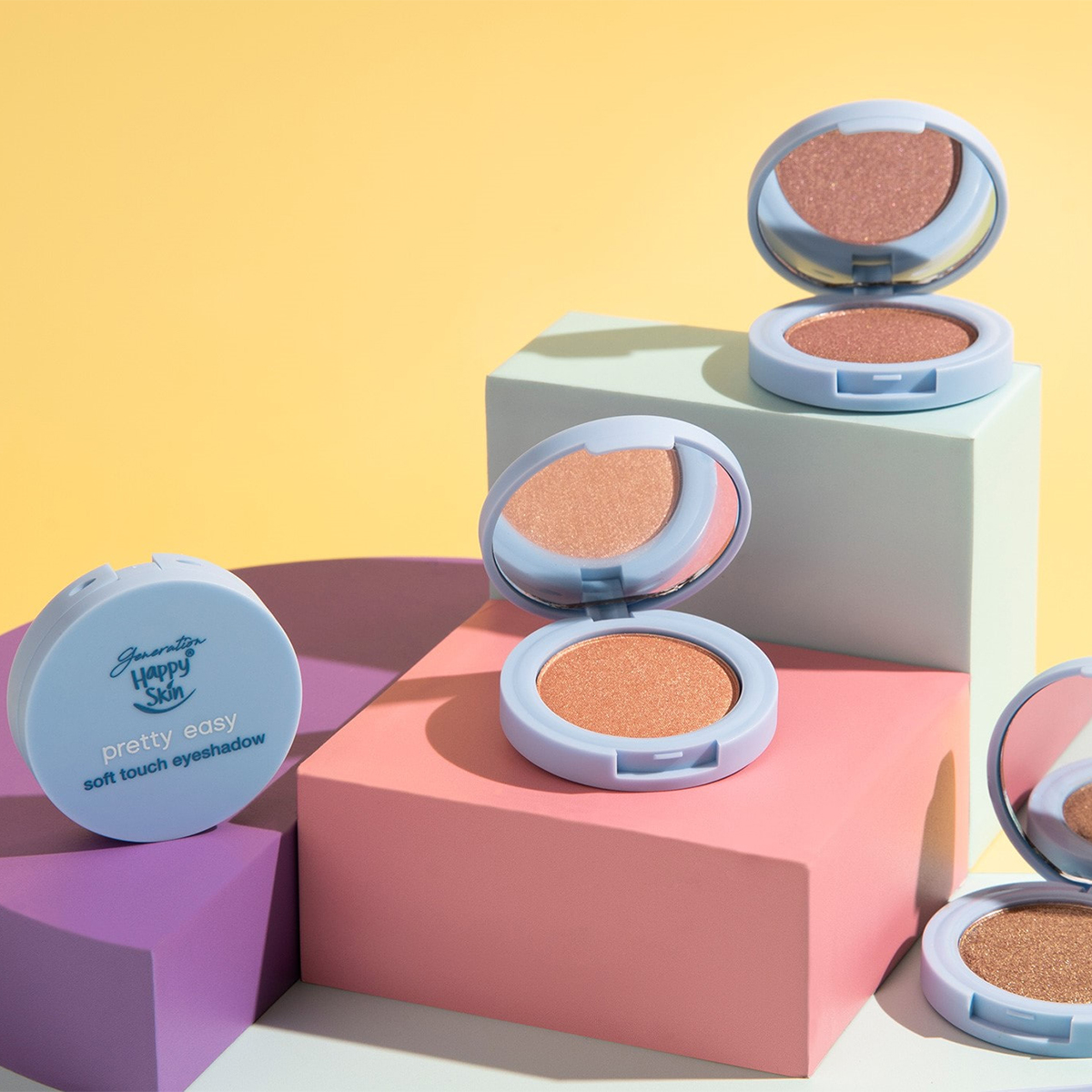
Another multipurpose Filipino beauty treasure, Happy Skin’s eye shadow pots are full of richly pigmented shades that will stay pretty on your lids all day long.
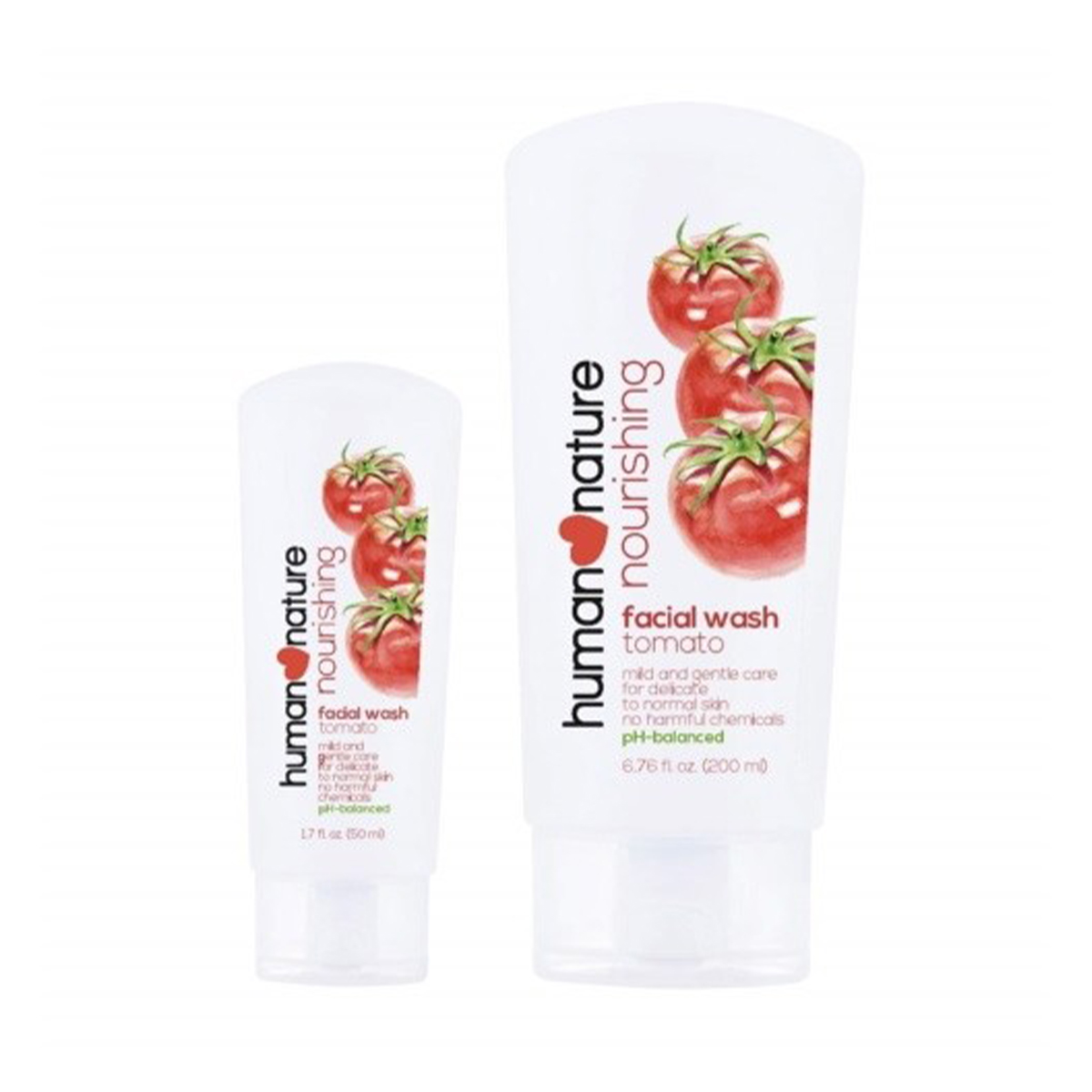
Human Nature, a natural and cruelty-free skincare brand, is a favorite among Filipino beauty fans for its affordable and effective products, such as this gentle face wash that contains antioxidant ingredients.
Next: What Happened When I Finally Felt Seen in the Media as a Filipina
This article was originally published at an earlier date and has been updated.

Marie has covered beauty, fashion, and lifestyle for almost 16 years. She contributes to the beauty section here at Who What Wear. Previously, she was the Looks Editor for Bust Magazine, built the beauty vertical at HelloGiggles as its beauty editor, and was a founding staff writer at Rookie mag, giving fashion advice to teens. Her bylines have appeared in The Cut, Allure, Glamour, The Hollywood Reporter, and more. She was born and raised in Southern California and is based in L.A. Marie is a self-proclaimed costume design nerd and a co-host of Makeover Montage, a podcast about fashion in film and costume design.
